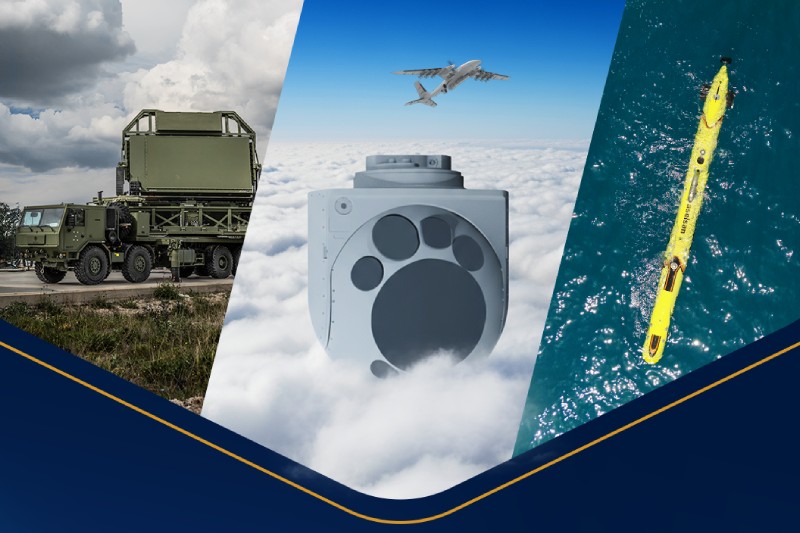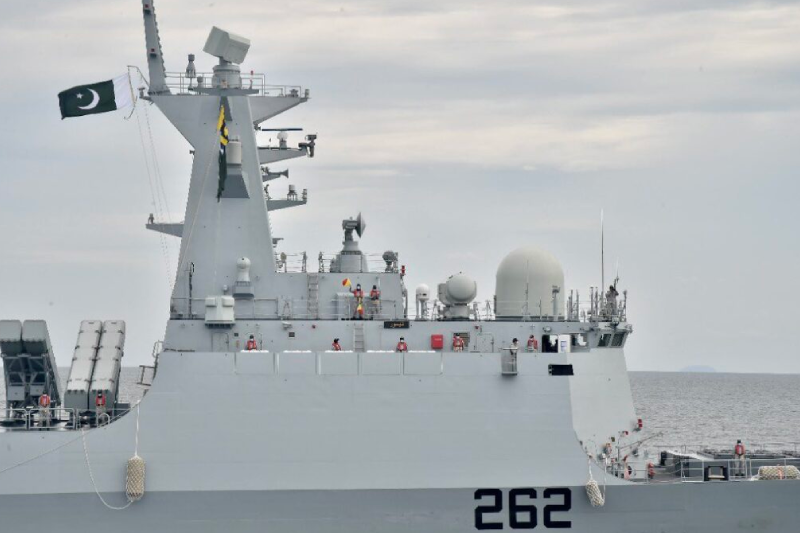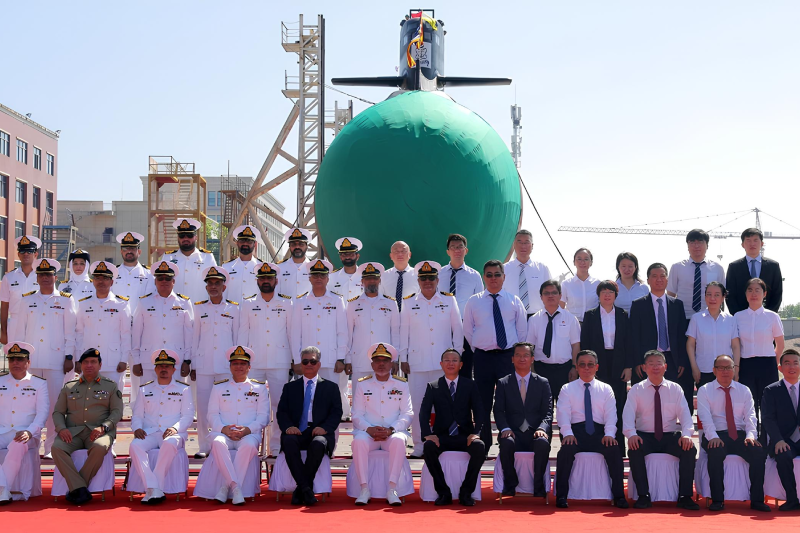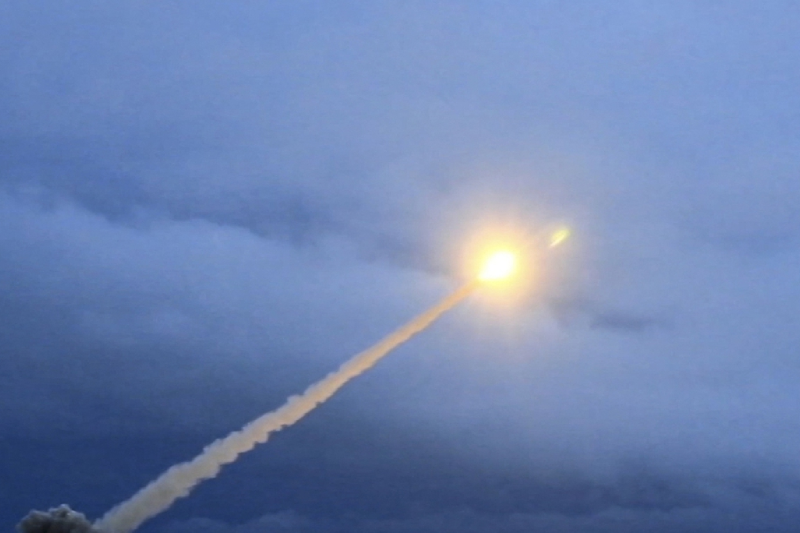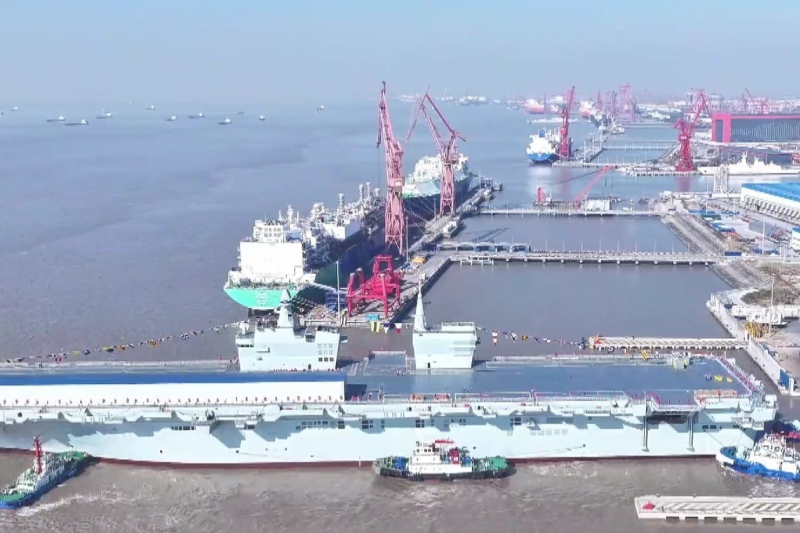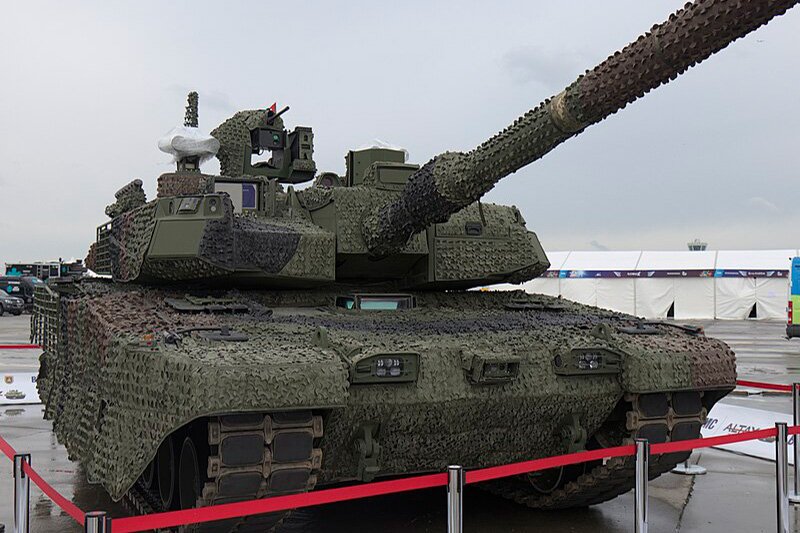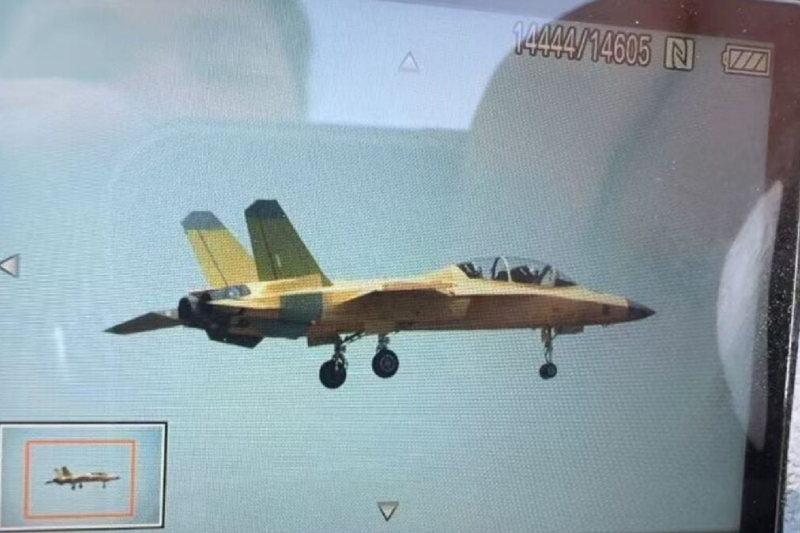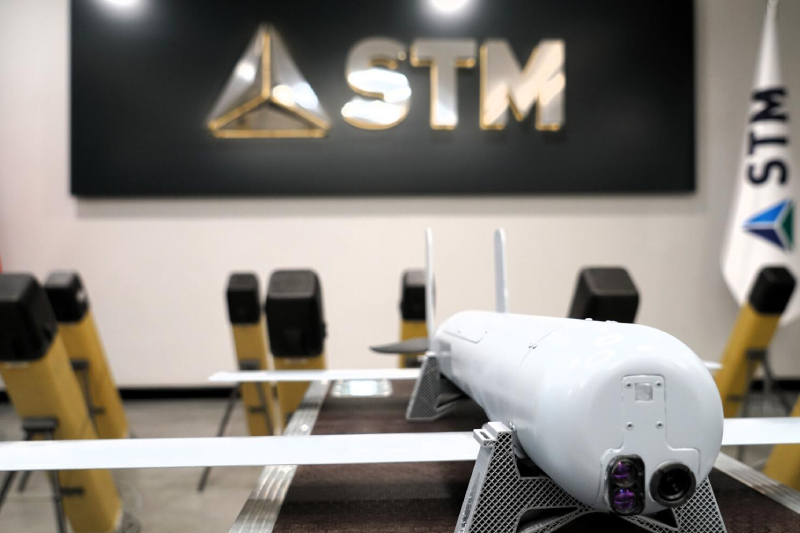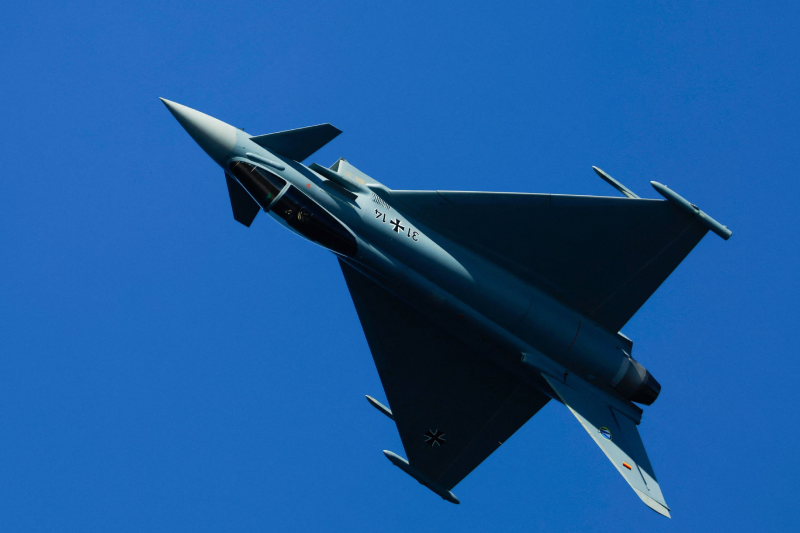Taiwan Army Declines Wheeled Leopard Tank After Trials
Taiwan’s ambitious “Clouded Leopard Project,” a domestic initiative to develop a new wheeled armored vehicle for rapid deployment, has hit a significant roadblock. The Taiwan Army has officially rejected the third prototype, citing insufficient firepower as the primary reason for its decision, effectively bringing the years-long development program to a standstill.
Army Demands 120mm Gun Upgrade
The Armaments Bureau has confirmed that military leadership will not accept the current vehicle configuration, which features a 105mm main gun. According to official statements, the Army has established a clear requirement: “If the Leopard’s cannon is not upgraded to 120mm, we cannot accept this vehicle for deployment.”
This decision comes after an extensive development cycle that began in 2019 and has already produced two earlier prototypes, designated D1 and D2, with a third variant (D3) under construction at the time of rejection. The Armaments Bureau had pinned its hopes on this latest iteration, which featured a reduced vehicle height and improved ergonomics intended to address concerns raised about previous models.
$24 Million Investment Now in Jeopardy
The development setback puts a significant financial investment at risk. According to reports from Liberty Times, the Armaments Bureau has invested more than NT$778 million (approximately $24 million) into the Leopard Project over its lifespan. This substantial funding now appears to have resulted in prototypes that may never see operational deployment.
The D3 development was being funded through a partnership between the Armaments Bureau and the National Chung-Shan Institute of Science and Technology (NCSIST). However, sources indicate the NCSIST board never formally approved this cooperation arrangement. The project reportedly only moved forward after pressure from then-Vice Minister of Armaments Hsu Yen-pu, whose retirement in January 2025 coincided with significant changes in the Army’s equipment priorities.
Battlefield Lethality Concerns
Military leadership assessed that despite the wheeled Leopard’s advantages in mobility and rapid deployment capability, its 105mm main gun would provide insufficient battlefield lethality in potential conflict scenarios. This evaluation becomes particularly significant when comparing the Leopard to Taiwan’s incoming fleet of U.S.-made M1A2T main battle tanks and upgraded M60A3s currently receiving fire control and powertrain enhancements.
The arrival of the first M1A2T tanks in early 2025 reportedly influenced the Army’s reassessment of the wheeled Leopard’s role in Taiwan’s defense strategy. Both the M1A2T and the upgraded M60A3 tanks feature 120mm main guns, establishing this caliber as the new standard for Taiwan’s armored forces.
Internal Frustration Over Shifting Requirements
Officials within the Armaments Bureau have expressed frustration with the rejection, noting that the prototype was designed according to Army specifications. These included carefully calculated internal dimensions intended to allow soldiers of average height to move and reload efficiently within the vehicle.
The Bureau had already made significant concessions in the D3 version, reducing the vehicle height by 30cm while implementing design adjustments to maintain operational space for the crew. Sources within the Bureau characterize the rejection as a case of shifting requirements and insufficient accountability in the procurement process.
History of Concerns
The decision echoes issues raised in a 2021 National Audit Office report, which had previously noted the Army’s preference for 120mm guns. That report criticized Taiwan’s Defense Ministry for approving the Leopard Project without fully validating its long-term combat utility and operational value.
This earlier assessment suggested potential problems with the project’s direction that remained unaddressed until the recent formal rejection of the prototype.
Also read this: Lockheed Martin Hands Over First TPY-4 Radar to US Air Force
Future of the Prototypes
With no production orders now expected, the existing D1 and D2 prototypes will likely remain as test platforms rather than operational military assets. Their future may be limited to training purposes or further research and development activities.
The rejection of the wheeled Leopard prototype highlights the challenges Taiwan faces in developing indigenous defense systems that meet evolving military requirements. As Taiwan continues to modernize its armed forces amid growing regional tensions, the lessons learned from this project may inform future defense acquisition decisions and domestic weapons development programs.
Keep connected with us at Facebook, Twitter, YouTube, Instagram & TikTok for latest defense happening around the globe.
Discover more from International Defence Analysis
Subscribe to get the latest posts sent to your email.


